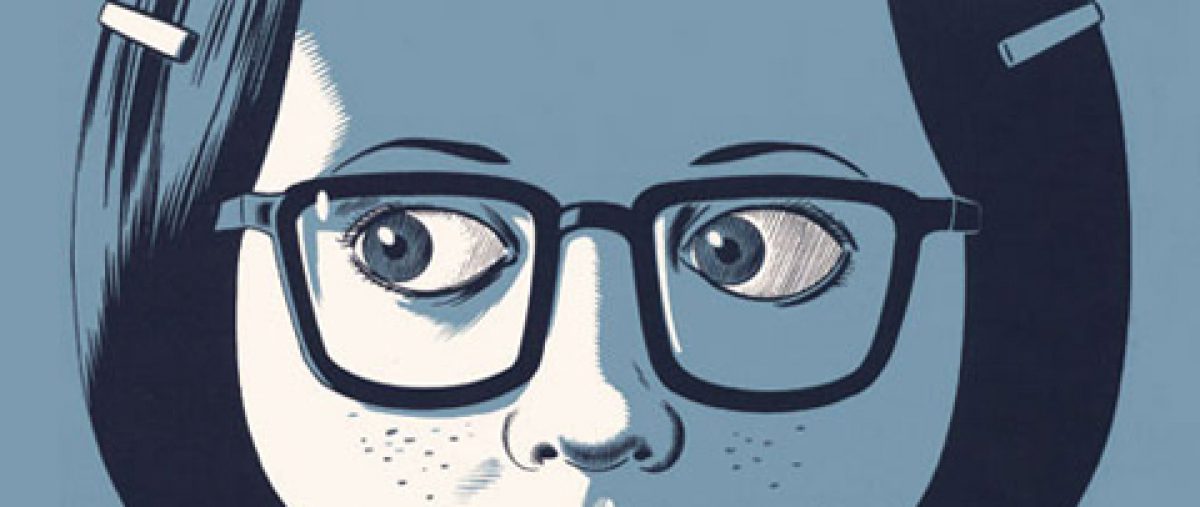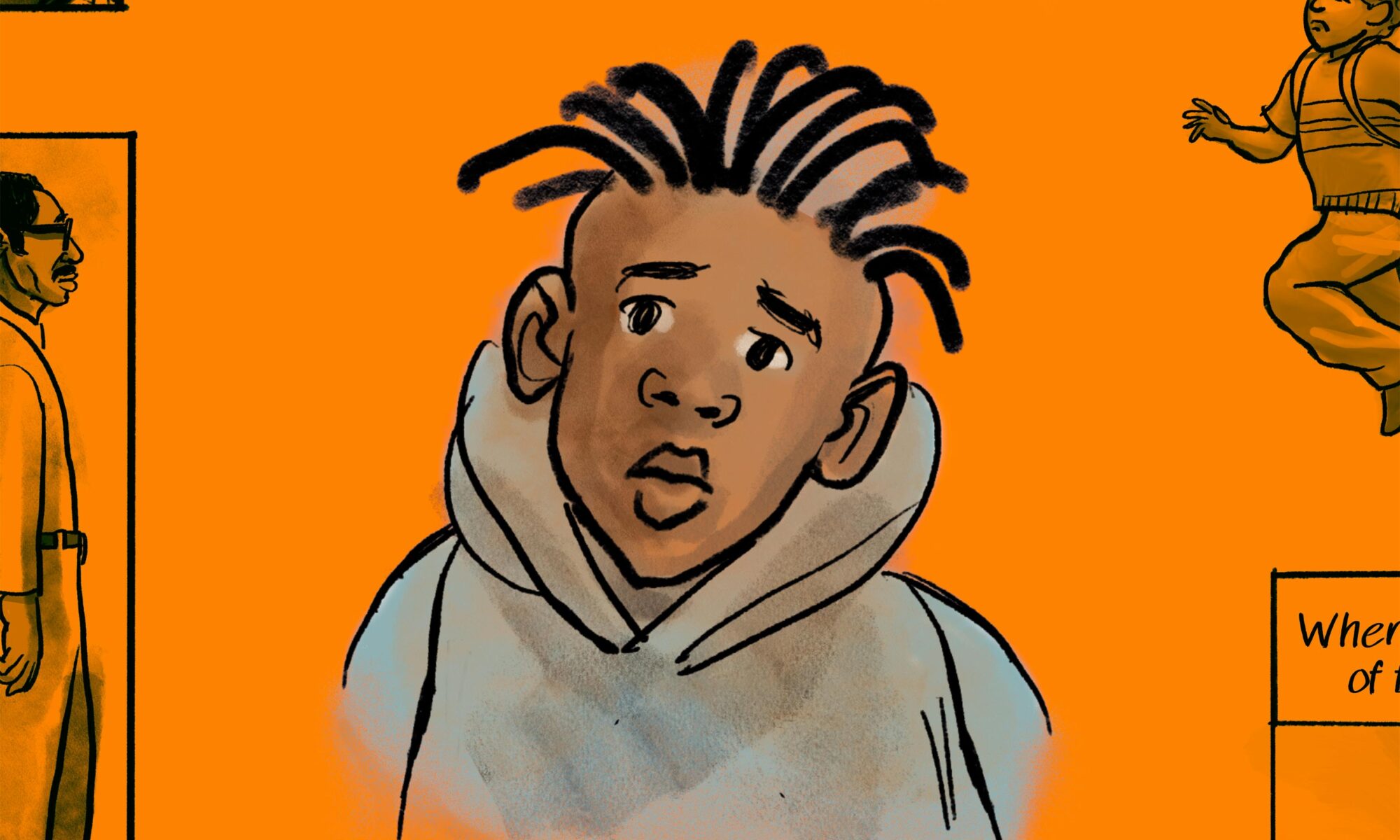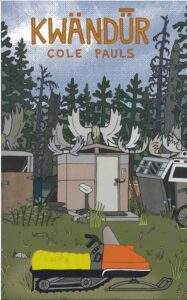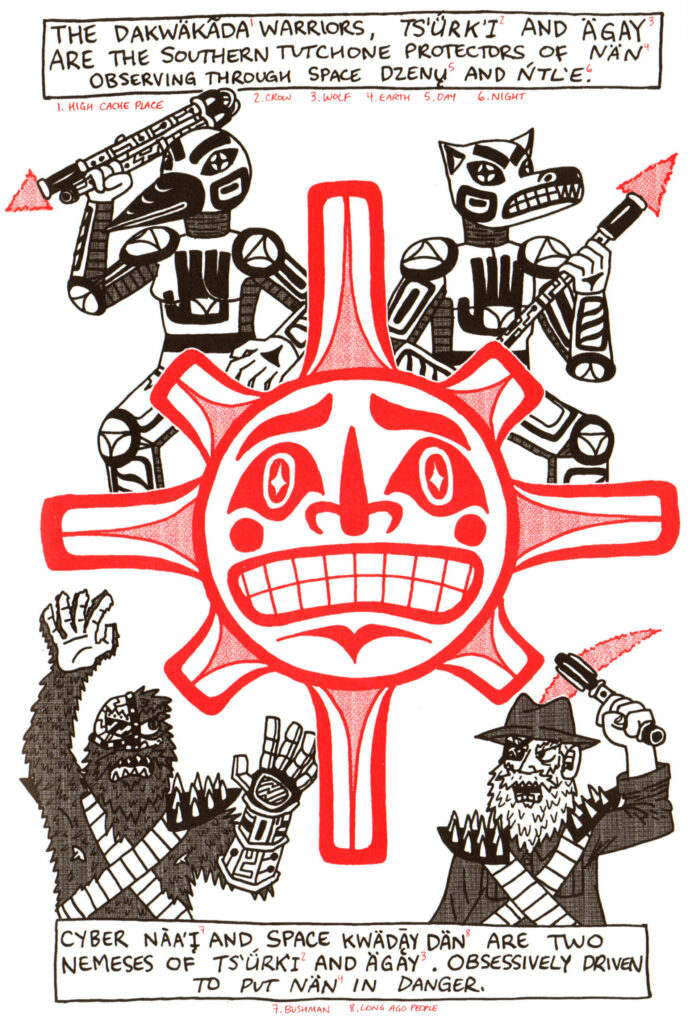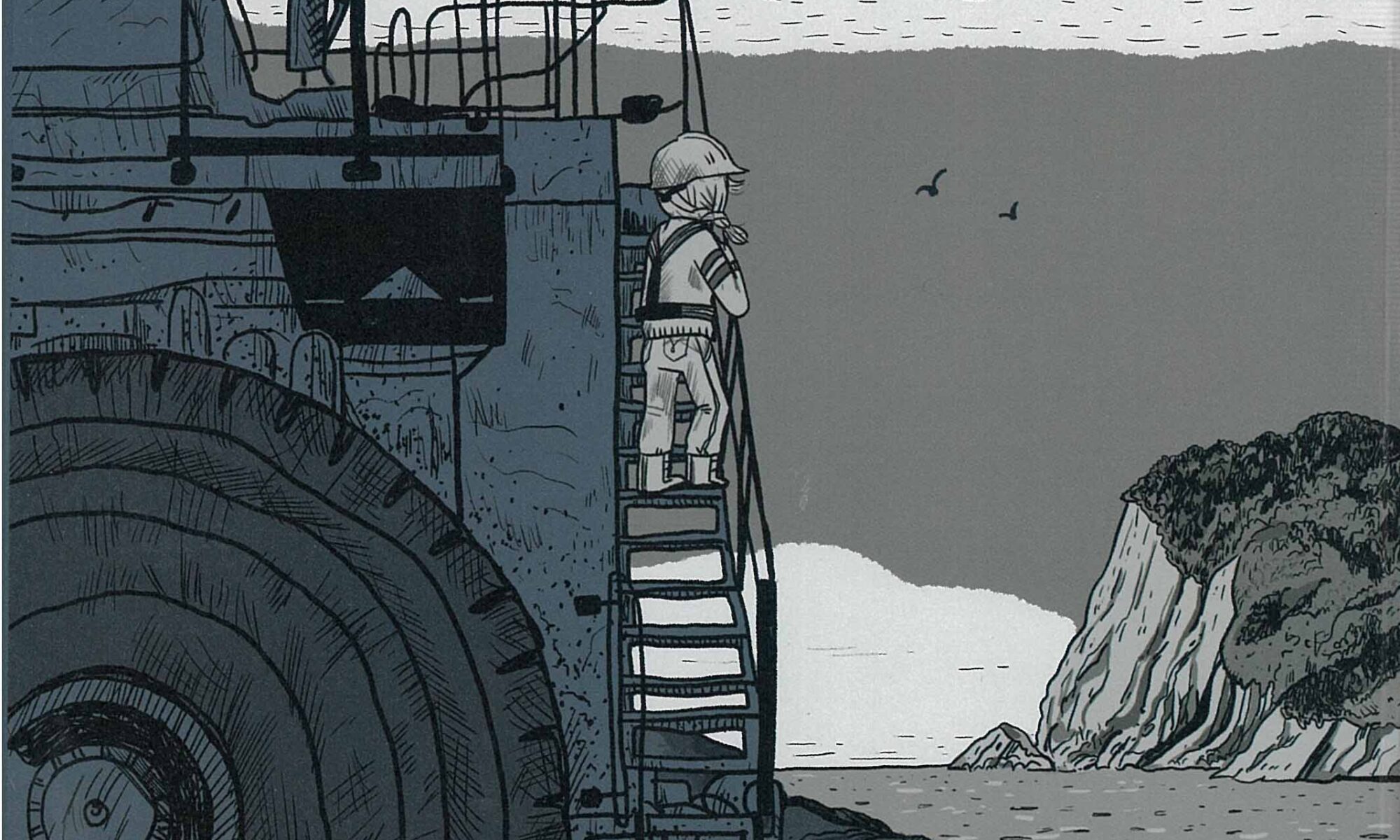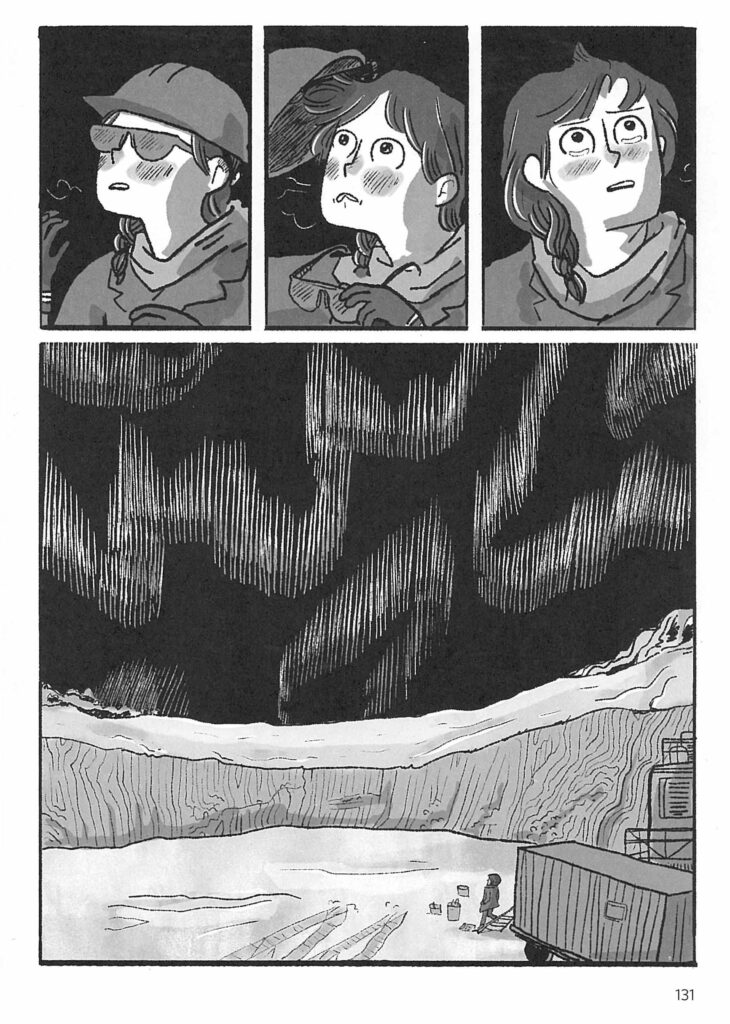“The Talk.” Written and illustrated by Darrin Bell. Henry Holt. $29.99. June 2023. 352 pages. Teen to adult. (School Library Journal suggests Grade 10. My 7th and 9th graders enjoyed and learned a lot from it.)
Thanks to Fables Books, 215 South Main Street in downtown Goshen, Indiana, for providing Commons Comics with books to review.
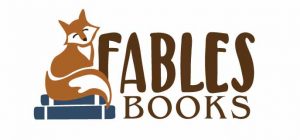
Check Fables out online at www.fablesbooks.com, order over the phone at 574-534-1984, or email them at fablesbooks@gmail.com.
Thanks also to my colleague Cynthia Good Kauffman for passing her copy of this book on to me.
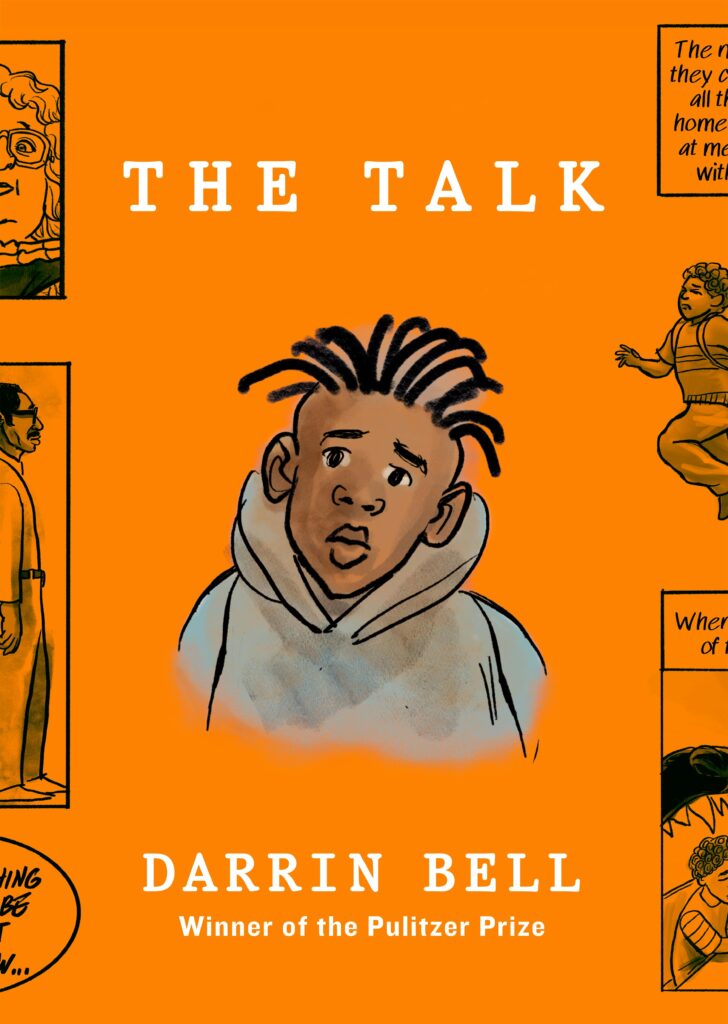
Before his 2023 graphic memoir “The Talk,” Pulitzer Prize-winner Darrin Bell was known as a political cartoonist more than a memoirist. “The Talk” earned him a new fanbase, as well as multiple best-of-the-year accolades, from “Publisher’s Weekly” to “Time.” The book was so successful, in fact, that Bell’s publisher wanted to extend its reach to another format. Documentary? Fictionalized film? Nope. The audiobook version of “The Talk” was released in August of 2024.
You’re probably thinking what I was thinking when I heard this news: “Audiobook from a comic? How does that even work?” Bell was skeptical, too, he told “Comics Beat,” “until I read the script.” Much like screenplay writers are hired to rework books for film, Macmillan hired a scriptwriter, who turned Bell’s story into, essentially, a radio play.

